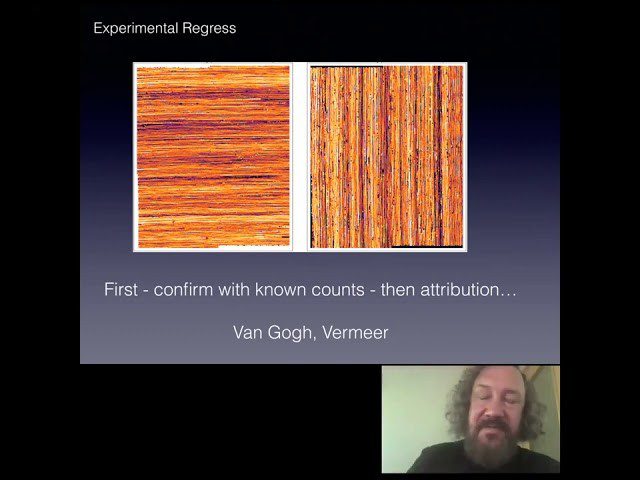Technological Revolutions and Art History, Part One: Jessica Riskin
Jessica Riskin
Keynote Address: The Great Divorce: How Science and Letters Went Their Separate Ways and Why It Matters
In the late nineteenth and early twentieth centuries, the sciences and humanities diverged in a great intellectual and cultural tectonic shift, to the impoverishment of each. This talk considers how and why the great divorce took place, identifies some political, institutional, and economic forces that drove it, and tries to clear a peephole back through it to the sorts of thinking that went on before.
About Technological Revolutions and Art History
Historically, science and the humanities were not thought of as two separate disciplines. In the 21st century, an unusual divide in the field of art history has been created between technically savvy scholars and those for whom it seems anathema. This conference seeks to encourage art historians to connect with the computer sciences in the 21st century both by reminding them that technology has always played a significant role in the pursuit of their field, and by providing an opening for them to be a part of the conversations that need to happen between practitioners in both areas.
The first day of the symposium featured guests from leading American universities who examined how science and technology have been historically linked to art history, thus providing participants with a background for an exciting discussion of the current status of digital art history (DAH). Speakers included Professors Jessica Riskin of Stanford University, Alison Langmead of the University of Pittsburgh, Tianna Uchacz of Texas A&M University, and Park Doing and C. Richard Johnson Jr. of Cornell University.
Thursday, October 15, 2020
The Frick Art Reference Library and The Museum of Modern Art










